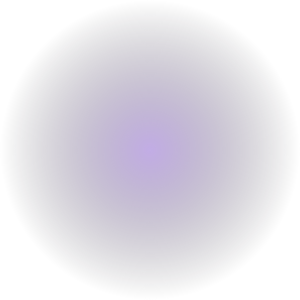Difference between revisions of "Lighting Effects"
| (7 intermediate revisions by the same user not shown) | |||
| Line 1: | Line 1: | ||
| + | =Intro= | ||
| + | Many special effects can be achieved in PyGame, the easiest is a lighting effect which uses a radial gradient to control which parts of the screen can be seen. This could be used to position lights throughout your level instead of having a single light over the player. You could also change the shape of the gradient to alter the shape of the light (ie a down light). | ||
| + | |||
| + | =Example= | ||
Have a look at this example: | Have a look at this example: | ||
| Line 43: | Line 47: | ||
</syntaxhighlight> | </syntaxhighlight> | ||
| − | It uses a radial gradient | + | It uses a radial gradient, this is my gradient: |
| + | |||
| + | [[File:Radial Gradient.png|300px]] | ||
| + | |||
| + | It is used to light around the player. When the mouse button is pressed, night is toggled to switch between night and day. | ||
Latest revision as of 18:51, 24 July 2018
Intro
Many special effects can be achieved in PyGame, the easiest is a lighting effect which uses a radial gradient to control which parts of the screen can be seen. This could be used to position lights throughout your level instead of having a single light over the player. You could also change the shape of the gradient to alter the shape of the light (ie a down light).
Example
Have a look at this example:
import pygame
import sys
import os
screen=pygame.display.set_mode((640, 480))
light=pygame.image.load('circle.png') # radial gradient used for light pattern
player = pygame.image.load(os.path.join("hero.png")).convert_alpha(); # load in player image, convert_alpha will keep transparent background
player = pygame.transform.scale(player, (32, 50)) # resize player
light=pygame.transform.scale(light, (800,800)) # resize gradient
night = True # boolean to set if it is night or day
while True:
for e in pygame.event.get():
if e.type == pygame.QUIT:
pygame.quit()
sys.exit()
break
if e.type == pygame.MOUSEBUTTONDOWN:
night = not night # toggle night between true and false
pos = []
pos = pygame.mouse.get_pos() # get mouse position
screen.fill(pygame.color.Color('Red')) # just a background
for x in range(0, 640, 20):
pygame.draw.line(screen, pygame.color.Color('Green'), (x, 0), (x, 480), 3) # just lines on the background
if night: # if light effect needed
filter = pygame.surface.Surface((640, 480)) # create surface same size as window
filter.fill(pygame.color.Color('Black')) # Black will give dark unlit areas, Grey will give you a fog
filter.blit(light,(pos[0]-400,pos[1]-400)) # blit light to the filter surface -400 is to center effect
screen.blit(filter, (0, 0), special_flags=pygame.BLEND_RGBA_MIN) # blit filter surface but with a blend
screen.blit(player,pos) # blit the player over the effect
pygame.display.flip()
It uses a radial gradient, this is my gradient:
It is used to light around the player. When the mouse button is pressed, night is toggled to switch between night and day.
